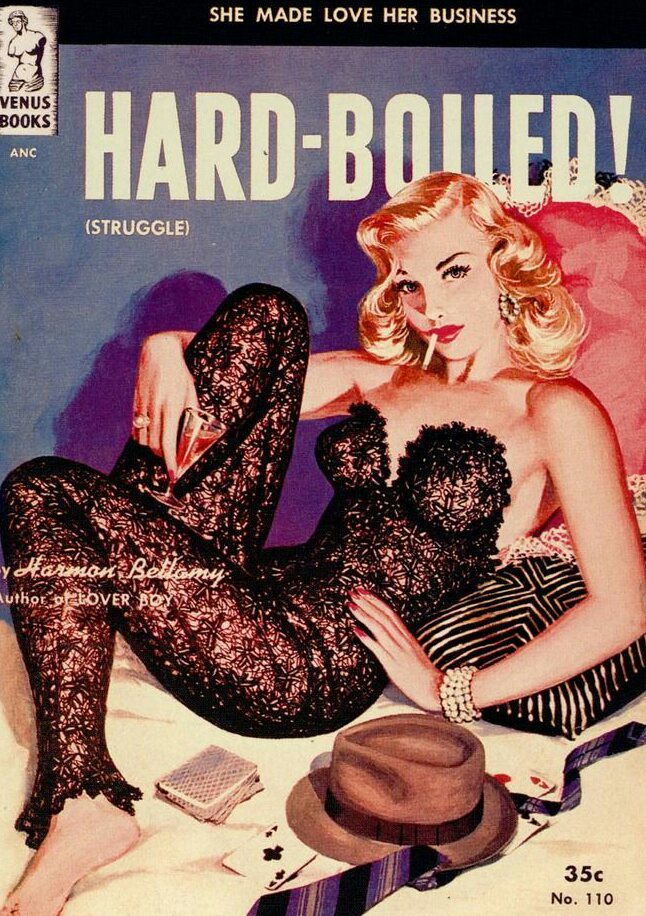Today in pulp I head to Carnaby Street in the 1960s!
It's a swinging shindig...
It's a swinging shindig...
Carnaby Street in London's Soho gets its name from Karnaby House, which was built in 1683. But it's fame comes from fashion. It all started in 1957 when John Stephen opened his men's outfitters His Clothes, specialising in the Mod look. 

To make his store stand out Stephen painted the outside canary yellow and played pop music. Soon other fashion retailers opened up nearby and the street became one of the must-see places for the swinging sixties shopper. 
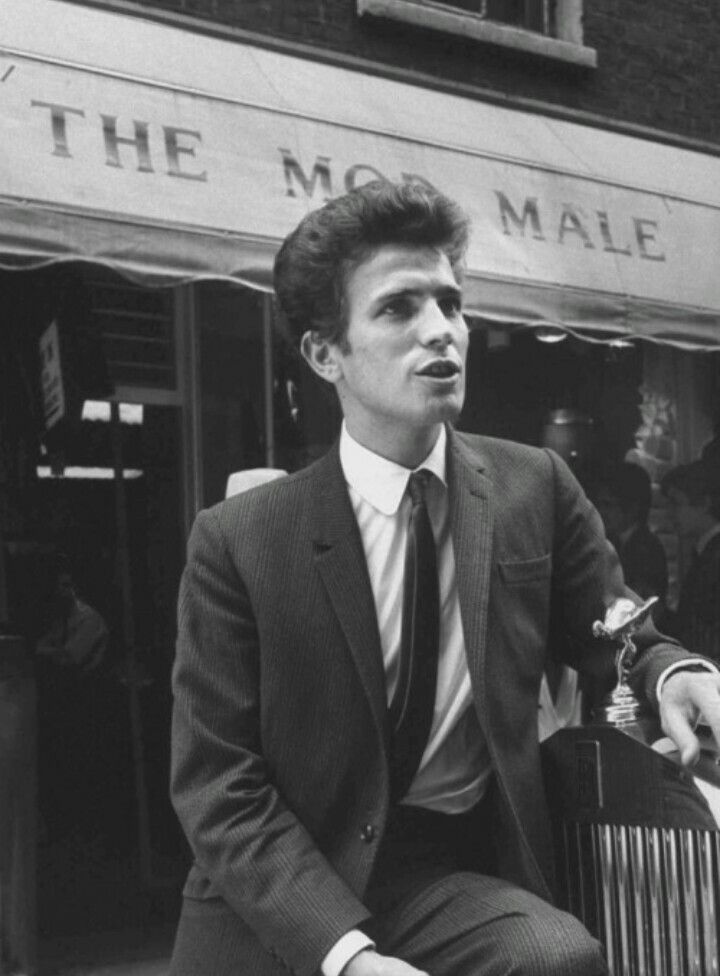
So where should we start on our tour of '60s Carnaby Street? Well let's begin with women's fashion... 
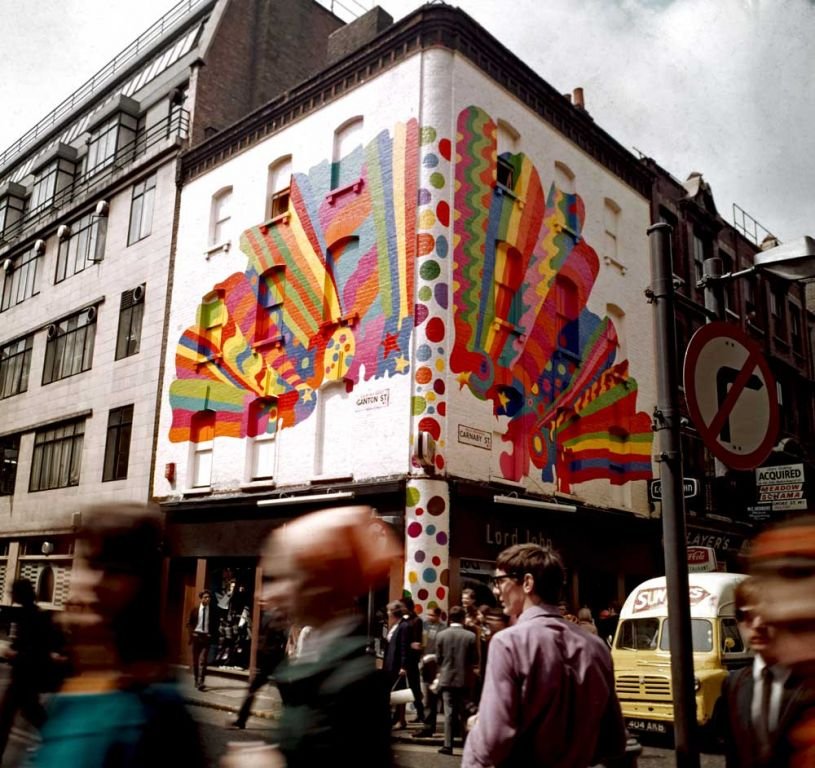
Lady Jane was the first women's fashion boutique on Carnaby Street, opened by Henry Moss and Harry Fox in 1966. Models used to get changed in the windows leading to many court appearances for the owners - not for obscenity, but due to the watching crowds blocking the street. 
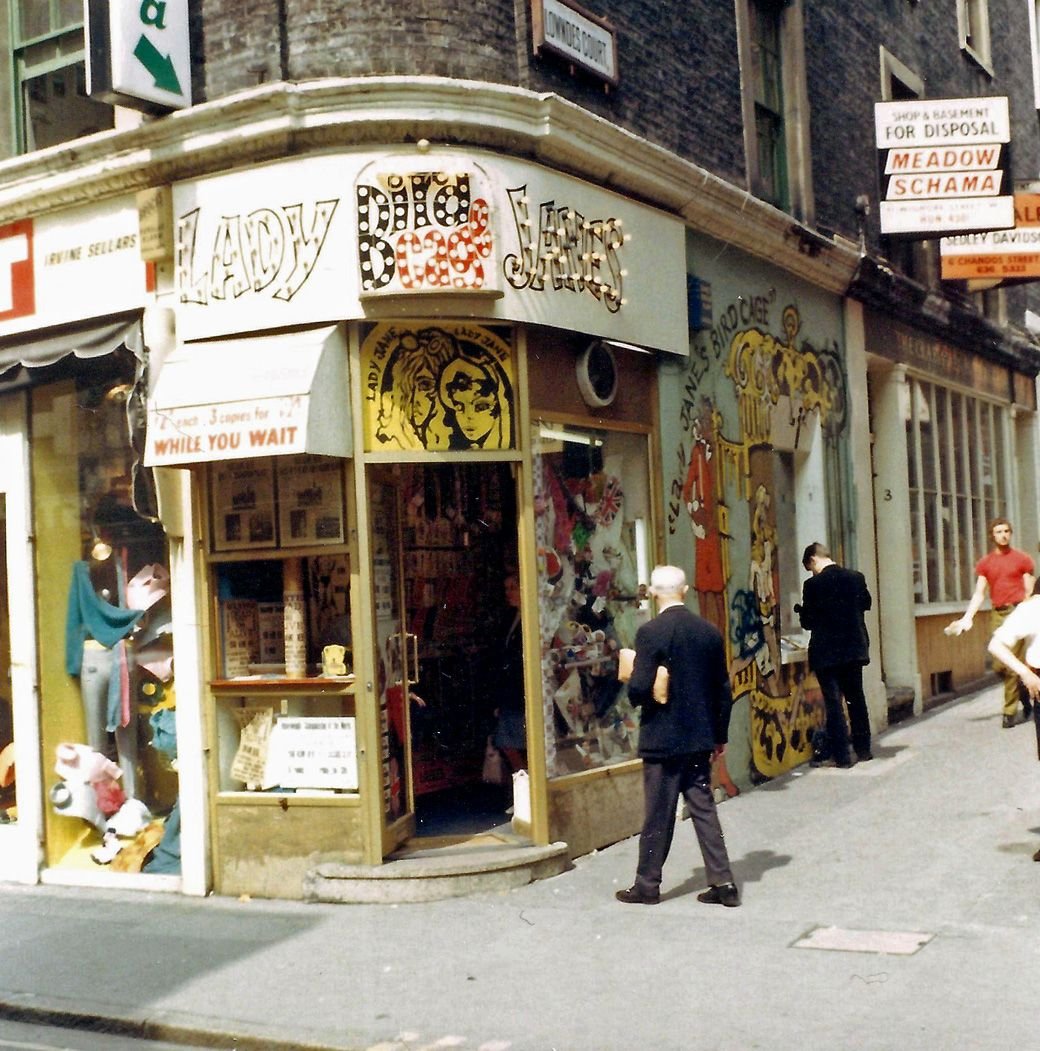
Lord John was the man's equivalent of Lady Jane. Opened in 1963 it specialised in the mod look, and both the Rolling Stones and the Small Faces were regular patrons. 
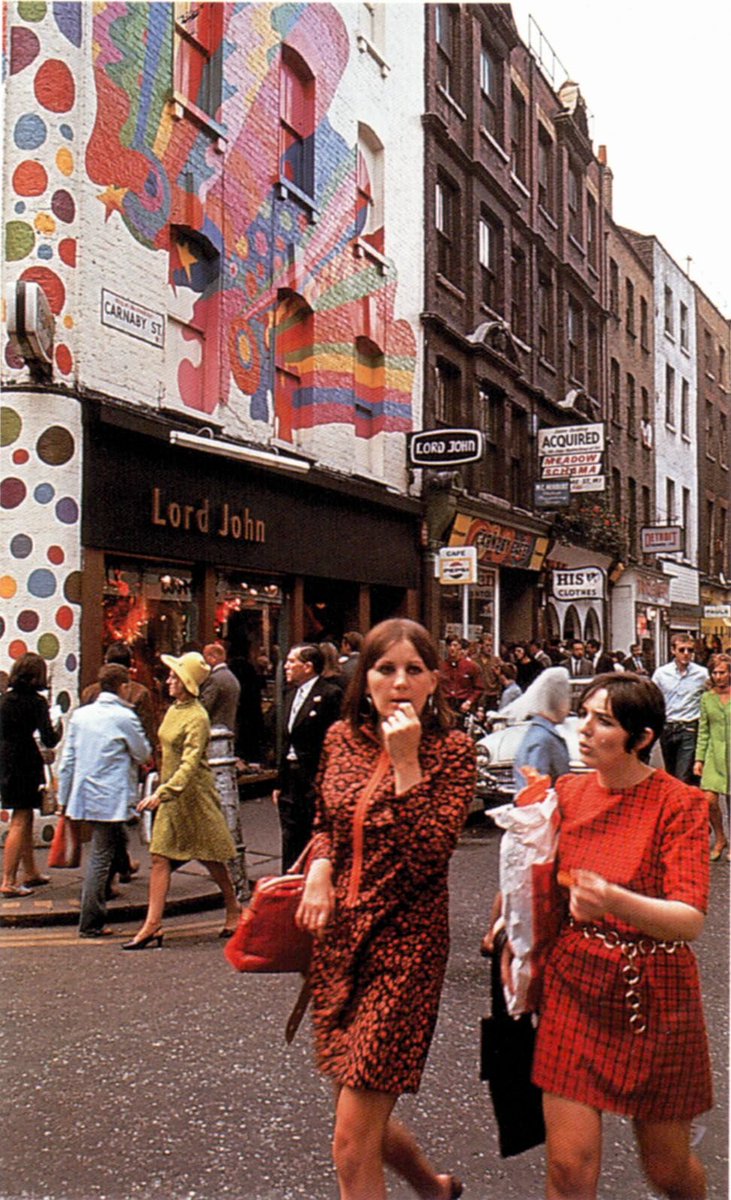
I Was Lord Kitchener's Valet started in Portobello Road but by 1967 it had opened two stores on Carnaby Street. Specialising in military tunics as fashion statements it was perfect for fans of Sergeant Pepper. 
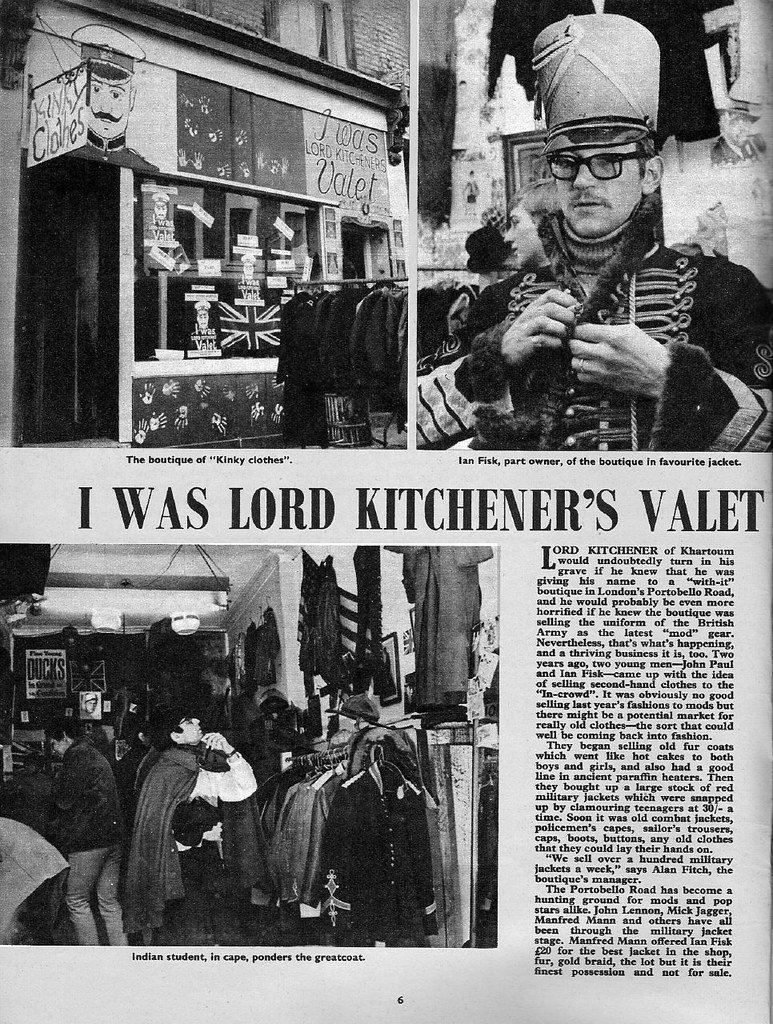
Jimi Hendrix was a fan of Lord Kitchener's Valet and was behind one of Carnaby Street's legendary stunts: in 1968 he released two parakeets - called Adam and Eve - on the street as a gesture of peace. Wild parakeets are now found across London, possibly thanks to Jimi's gesture! 
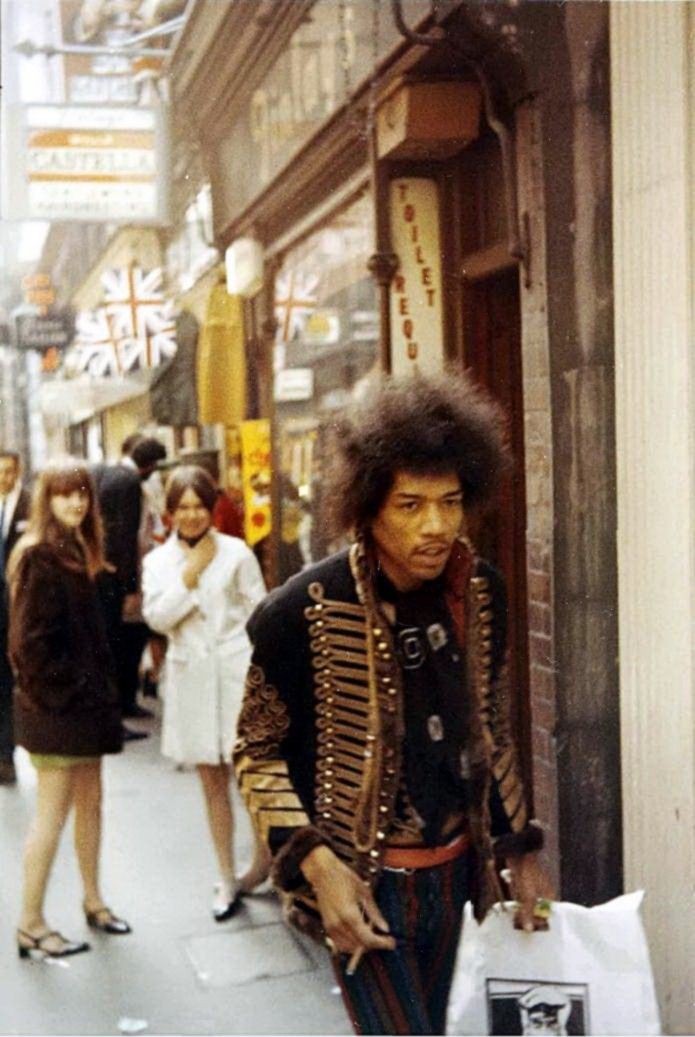
Another Carnaby Street stunt took place in 1966: to launch the new Tom Cat boutique the owners persuaded Tom Jones and Bond girl Christine Spooner to walk down the street with a cheetah. 

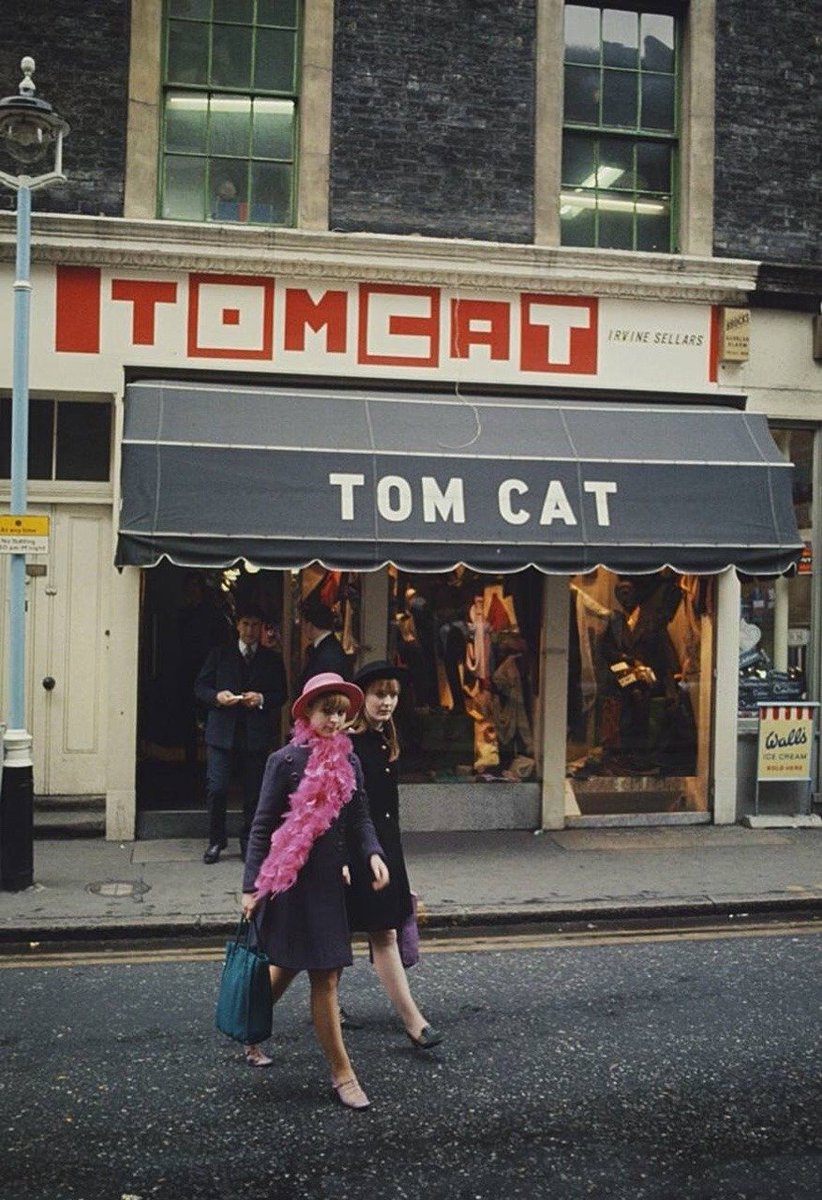

What made Carnaby Street special wasn't just the range of boutiques, it was the colour and spectacle that came with them. This was fashion as a way of living, not just as a way of looking modern. 



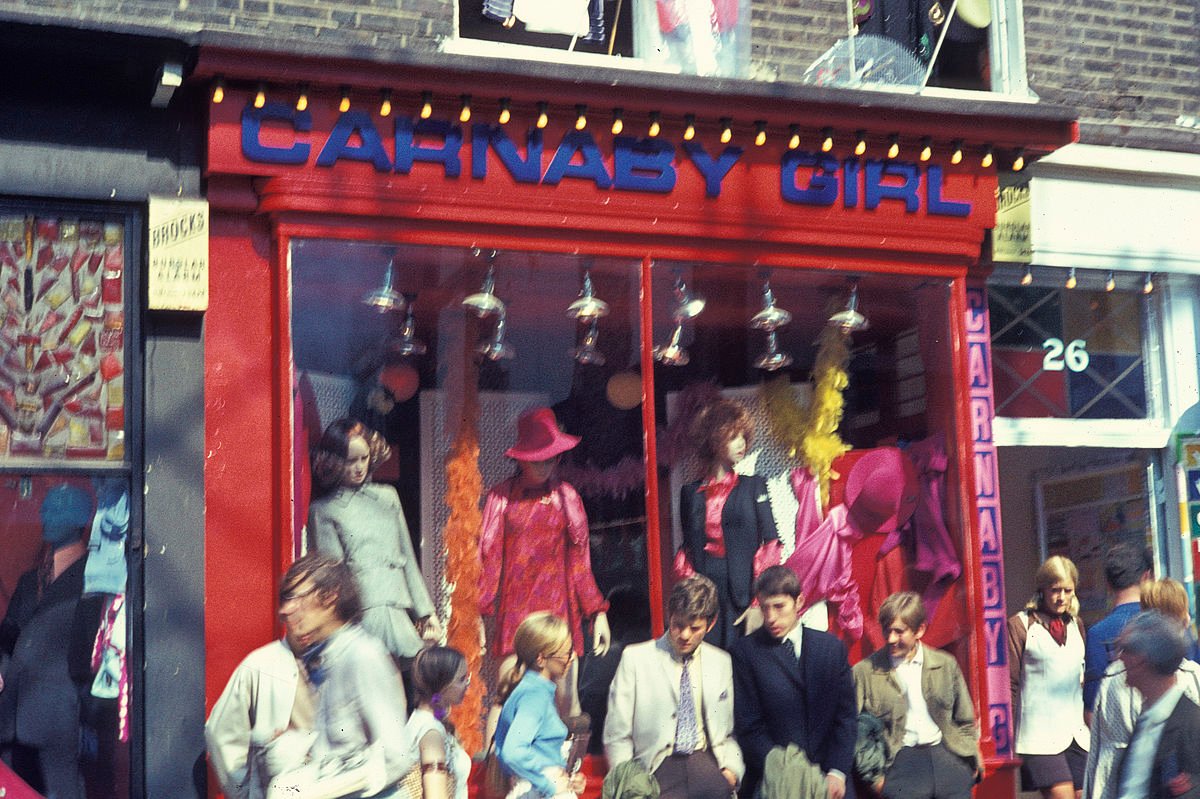
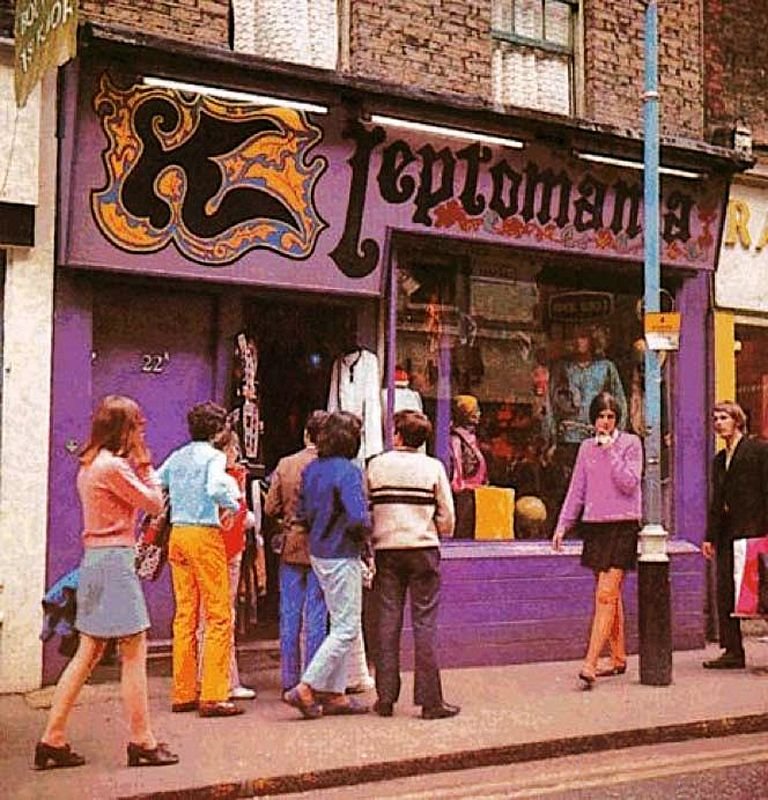
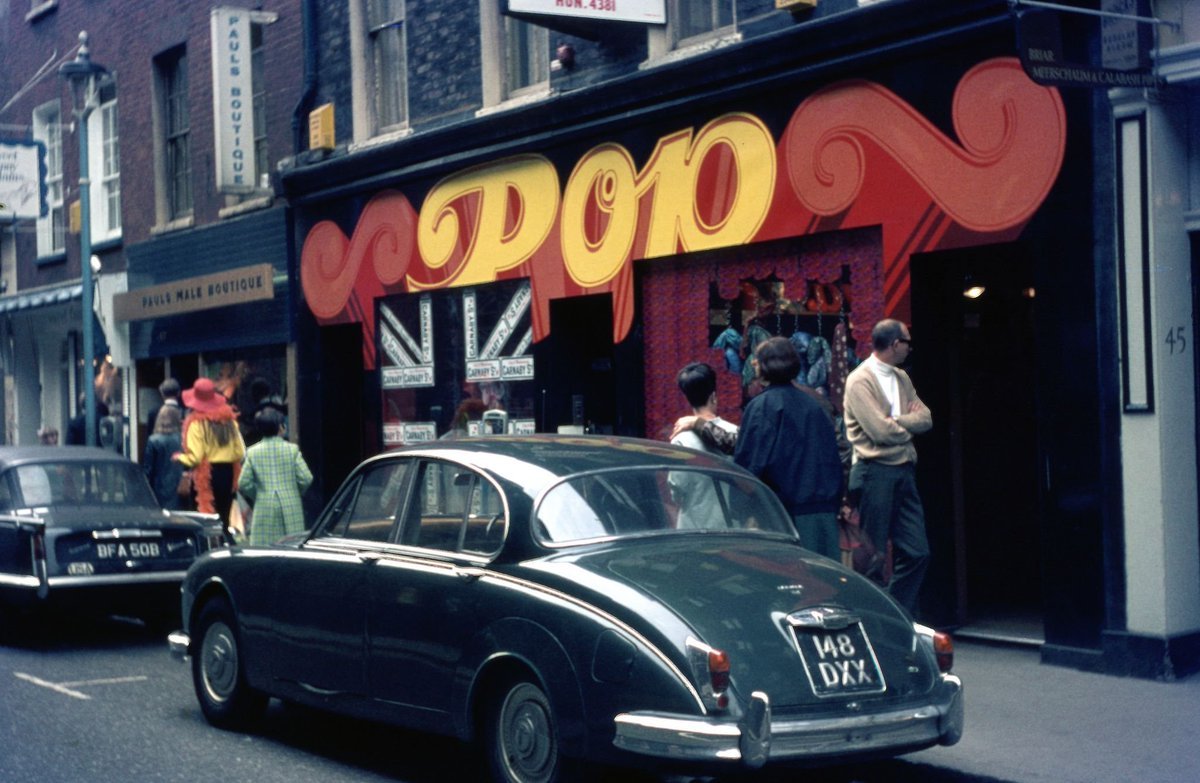
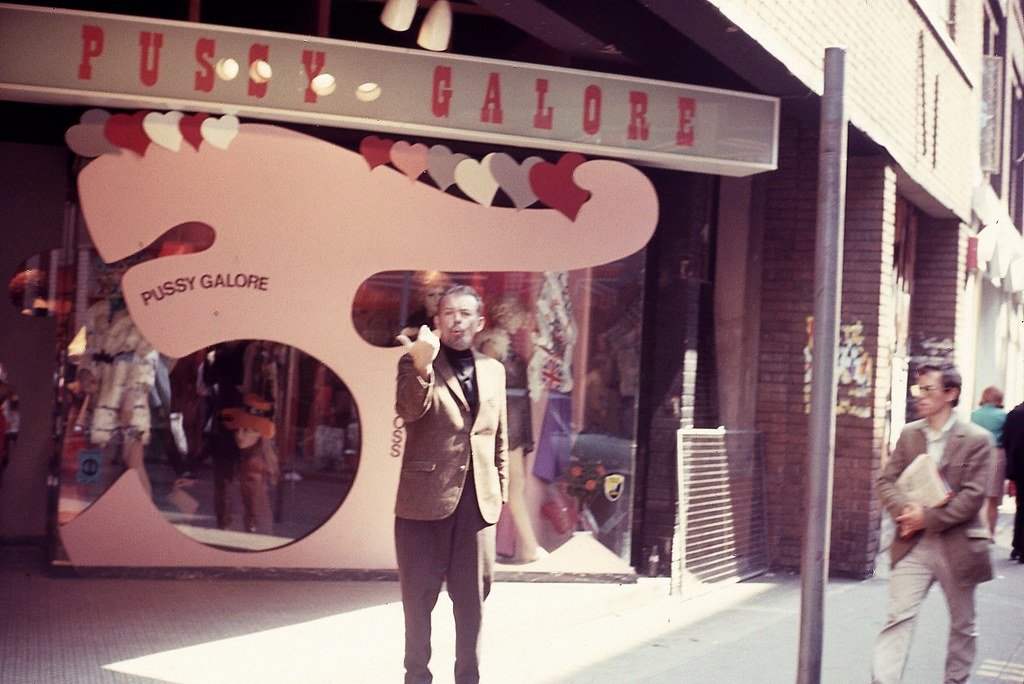
Another big part of the Carnaby Street vibe was people watching: the 'Carnabitian Army' were name-checked by The Kinks in their 1966 hit Dedicated Follower Of Fashion. 

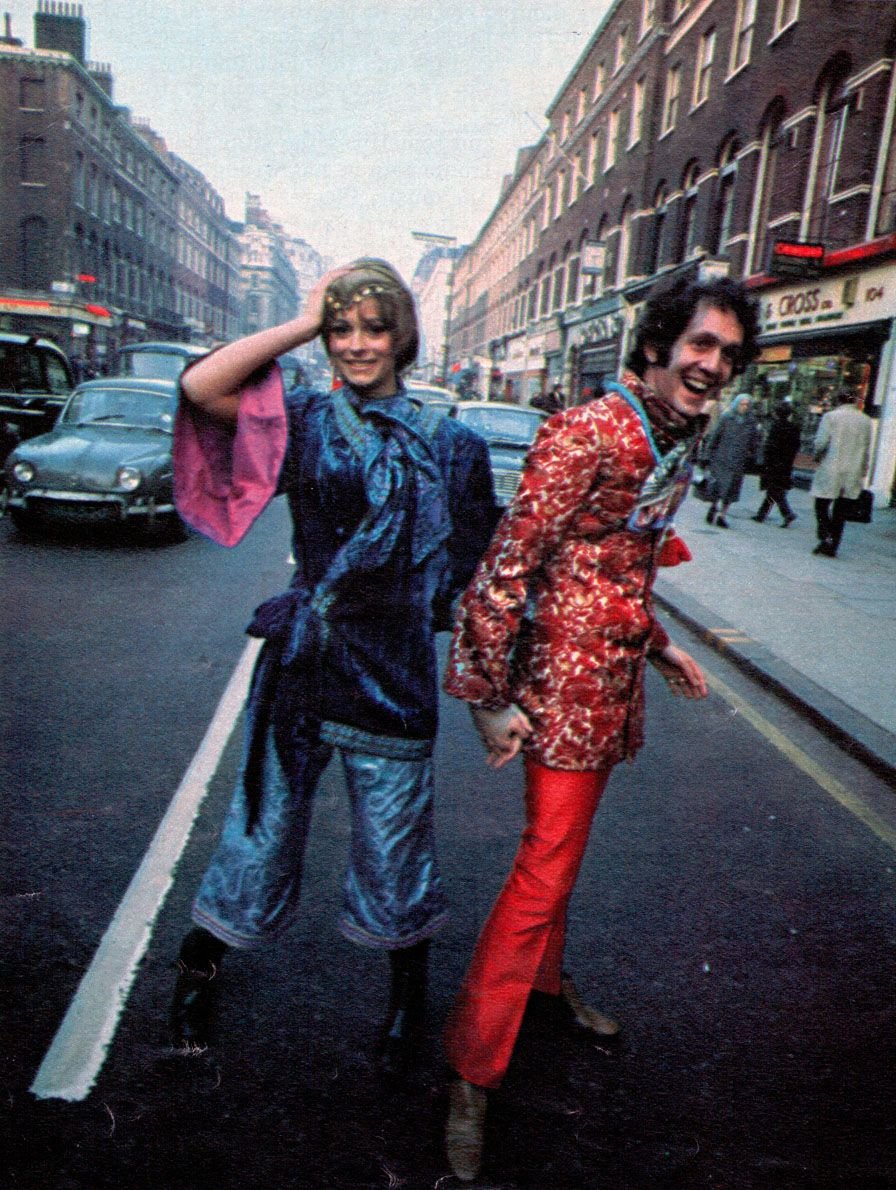
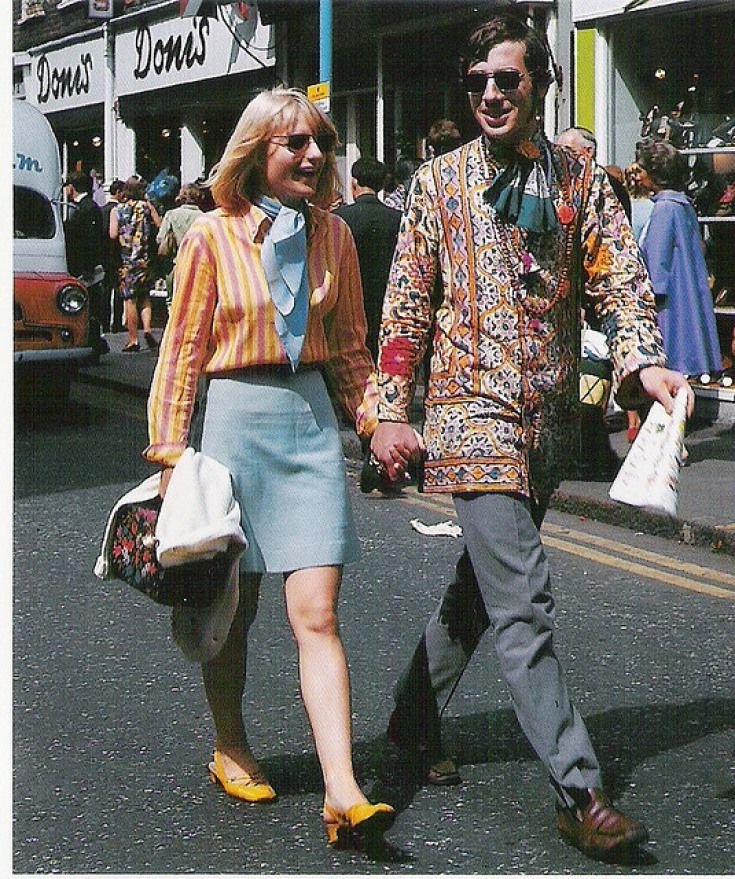
A good bit of tailoring always does wonders for a person's mood, and if you can't make it down to Soho your local thrift store or flea market may well have some quality vintage gear for you to make your mark in. 

But wherever you shop don't forget the golden rule: it's not what you wear, it's how you wear it that matters!
More stories (with peace and love) another time...
More stories (with peace and love) another time...
• • •
Missing some Tweet in this thread? You can try to
force a refresh








